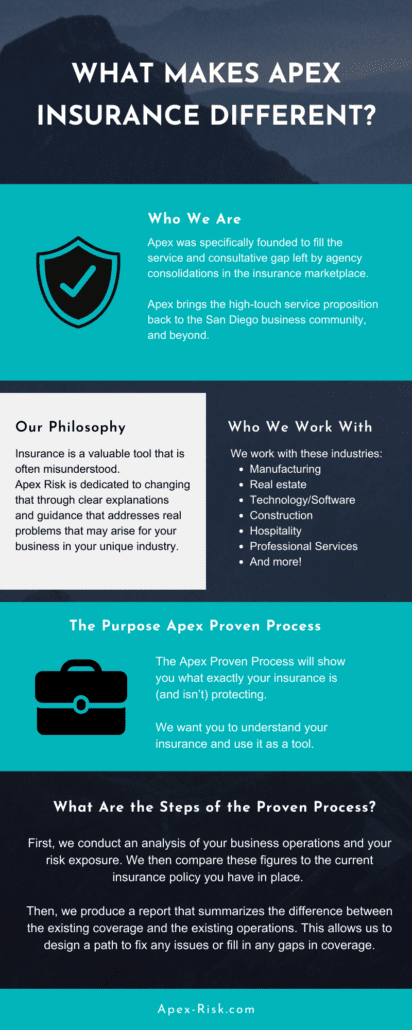Not known Factual Statements About Pacific Prime
Not known Factual Statements About Pacific Prime
Blog Article
What Does Pacific Prime Mean?
Table of ContentsFascination About Pacific PrimeThe Best Guide To Pacific PrimeUnknown Facts About Pacific PrimeFacts About Pacific Prime Uncovered
In a lot of states, the insurance provider is needed to send you a copy of the changes to your policy. It is very important that you read Recommendations or Cyclists so you recognize exactly how your policy has transformed and if the plan is still sufficient to satisfy your needs. To obtain a duplicate of your insurance coverage policy, please contact your insurance coverage representative or business.
The Institute of Medication (IOM) Board on the Effects of Uninsurance launches an extensive assessment of evidence that addresses the importance of wellness insurance policy coverage with the magazine of this report. Coverage Matters is the first in a collection of six records that will certainly be issued over the following two years documenting the fact and consequences of having actually an estimated 40 million people in the USA without medical insurance coverage.

All About Pacific Prime
The objective of this collection of studies is to refocus plan focus on a longstanding issue. Complying with the lengthiest financial expansion in American history, in 1999, an estimated one out of every 6 Americans32 million grownups under the age of 65 and more than 10 million childrenremains uninsured (Mills, 2000).

10 percent of the populace accounts for 70 percent of health and wellness treatment expenses, a correlation that has remained continuous over the past 3 years (Berk and Monheit, 2001) - international travel insurance. Hence wellness insurance policy proceeds to offer the function of spreading risk also as it significantly funds routine care. From the viewpoint of wellness care providers, insurance coverage lugged by their individuals aids protect a revenue stream, and areas profit from economically practical and steady health care practitioners and establishments
Government gives health insurance to populations whom the exclusive market may not serve properly, such as impaired and elderly persons, and populaces whose accessibility to wellness care is socially valued, such as kids and expecting ladies. The utmost ends of medical insurance protection for the individual and areas, consisting of work environment areas of employees and employers, are boosted health and wellness results and high quality of life.
The 10-Minute Rule for Pacific Prime
Employees rank wellness insurance coverage first without a doubt in value amongst all the advantages provided in the office (Salisbury, 2001). Although there have been substantial financial investments of individual and public funds to supply medical insurance, several people still have no coverage. In spite of extensive reporting of study findings and healthcare study results, the public stays overwhelmed and misinformed regarding Americans without medical insurance and the implications of doing not have coverage.

Without doubt, the intricacy of American health care financing systems and the wide range of sources of information contribute to the public's complication and hesitation concerning wellness insurance policy statistics and their interpretation. This report and those that will comply with goal to boil down and offer in conveniently understandable terms the comprehensive research that bears on concerns of health and wellness insurance policy coverage and its importance.
Fifty-seven percent of Americans questioned in 1999 thought that those without medical insurance are "able to get the care they need from physicians and healthcare facilities" (Blendon et al., 1999, p. 207). In 1993, when nationwide interest was focused on the issues of the without insurance and on pending healthcare regulations, simply 43 percent of those questioned held this idea (Blendon et al., 1999).

They also receive less precautionary services and are much less likely to have regular take care of chronic problems such as high blood pressure and diabetes mellitus. Persistent illness can lead to pricey and disabling problems if they are not well managed (Lurie et al., 1984; Lurie et al., 1986; Ayanian et al., 2000). One national survey asked more than 3,400 adults regarding 15 extremely serious or morbid problems.
Rumored Buzz on Pacific Prime
Additional proof exists later on in this phase in the discussion of insurance and accessibility to health treatment. https://pastebin.com/u/pacificpr1me. Individuals without health insurance policy are young and healthy and balanced and choose to do without protection. Almost fifty percent (43 percent) of those surveyed in 2000 believed that individuals without health and wellness insurance policy are much more most likely to have illness than people with insurance policy
Voters and plan makers in focus team discussions define those without insurance as young people that have the opportunity to be covered and feel they do not need it (Concierge Novelli, 2001). Compared to those with a minimum of some exclusive coverage, the uninsured are much less most likely to report being in superb or excellent health and wellness (Firm for Healthcare Research Study and Top Quality, 2001).
SOURCE: Center for Expense and Funding Researches, Agency for Health Care Research Study and Top quality, based on MEPS information. Young person in between 19 and 34 are much more likely to do not have wellness insurance than any type of other age. This is primarily due to the fact that they are less commonly qualified for employment-based insurance due to the nature of their job or their short tenure in it.
The assumption that individuals without insurance have better-than-average wellness follows from confusing the fairly young age account of the uninsured with see the far better health, on standard, of more youthful persons. This covers the web link between health and wellness condition and wellness insurance coverage. For those without accessibility to office wellness insurance, poor health is a potential barrier to purchasing nongroup coverage due to the fact that such insurance coverage may be highly valued, leave out pre-existing conditions, or be simply unavailable.
Report this page